A look back at Korea's First and the Best

YONSEI UNIVERSITY'S College of Engineering celebrates its 70th anniversary this year. The nation’s pioneer in education and research, the college has played a pivotal role in shaping the country’s engineering landscape. For our March issue, we take a look back at the remarkable journey of the college through pictures.
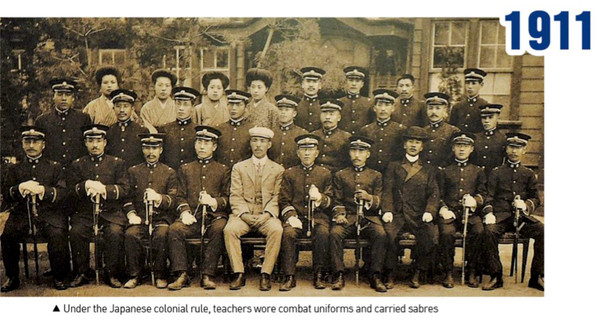
While formally established in 1950, Yonsei Engineering traces its roots back to Korea’s colonial period. The Japanese government simplified the education system and exploited it as a means of assimilation and control. The Governor-General abolished existing post-secondary institutions and installed four tightly controlled state-run professional colleges. They did not teach engineering, mathematics, or science. The Ordinance on Chosun Education in 1911 outlined that the first principle of education was to teach simple and practical skills “suitable for the colonial economic system” of Korea.

During these challenging times, the American Board of Commissioners for Foreign Missions in Korea championed the creation of the Chosen Christian College, later accredited as Yonhi College. Under the visionary leadership of missionaries such as Arthur L. Becker, the nation’s first program in science and engineering was born in 1915. It offered physics and math, alongside its electrical engineering and mechanical drafting courses. It was a precursor to modern institutes of higher education in Korea.

With donations from Christian groups like the First Methodist Church, Yonhi College’s Department of Mathematics and Physics became home to the nation’s most advanced facilities and research. Inside laboratories in Appenzeller Hall, Korean students conducted scientific experiments, practiced terrain surveys, and designed electric circuits.
While students from Imperial Colleges could mostly continue their studies in Japan, Yonhi College graduates continued their studies in the United States with the help of American professors and support from churches. One of its first graduates of 1919 went on to study electrical engineering at Harvard University while another earned a doctorate in Science and Engineering, both firsts for the nation. Yonhi College produced half of all doctors in science and engineering until the nation’s liberation in 1945 and would produce the first Korean President of Seoul National University and Inha Engineering College.
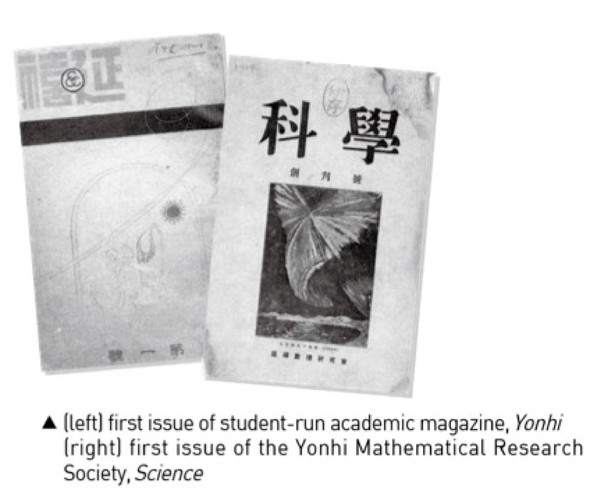
Apart from their academic and research prowess, students of the Department of Mathematics and Physics were the first in the nation to study English for science and engineering. In addition to translating Western journals for studies, students regularly published translated versions of theories and experiments in Yonhi, the college’s student-run magazine. These prints were one of the few valuable sources of scientific and engineering resources available to Korean researchers at the time.

The Yonhi Mathematical Research Society was formed by professors and students to “popularize science and engineering research.” In hopes of spreading knowledge to the masses, the Society began publishing its own journal, Science, which provided information on current scientific research and discussions. Furthermore, as an effort to foster and support future engineers of Korea, it held an annual “national science phenomenon” competition from 1930. Middle school students were invited during the summer holidays to attend science lectures and participate in a problem-solving competition for a chance to win watches and books. Chosen Ilbo described this remarkable annual competition as a “national sensation.” Libraries were reportedly “packed with students” trying to solve questions. Such a remarkable commitment to public education formed the bedrock of the nation’s science and engineering education.
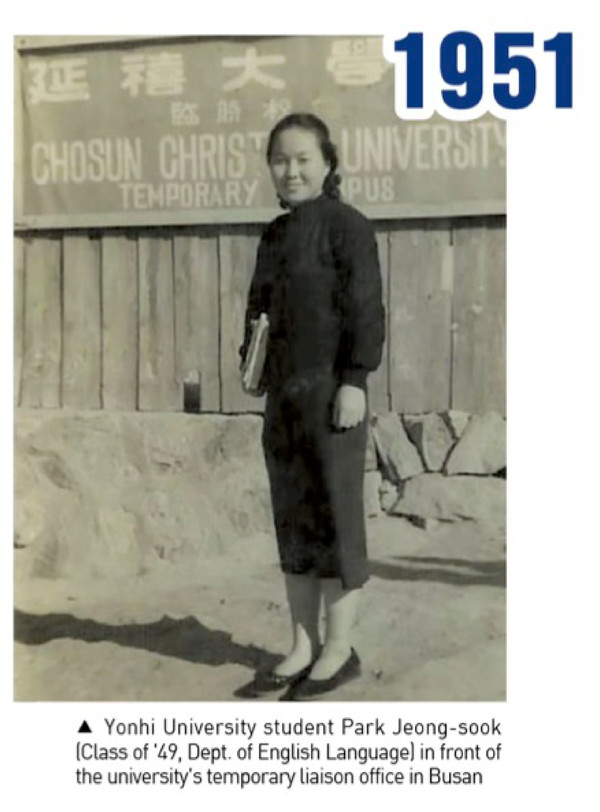
Yonhi College continued to operate during the Korean War. After the capture of Seoul, the college set up a liaison office in Busan and continued to operate its courses. The college’s Science and Engineering Department accepted as many as 87 students in 1951 and continued experiments on equipment brought from the Seoul campus. The situation was dire. When the graduate school reopened amidst the war in 1952, the college was comprised merely of nine wooden houses.
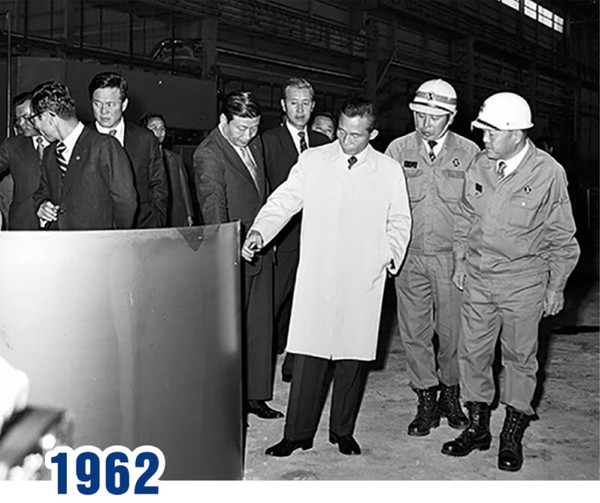
In 1962, President Park Jung-hee introduced a series of five-year plans for the nation’s industrial development. With South Korea rapidly transitioning into heavy industries, the nation required skilled laborers and engineers. Under the new Ministry of Science and Technology, the government invested heavily to create institutes of science and technology in 1966 to achieve scientific and technical independence. Against this backdrop, Yonsei University’s College of Science and Engineering expanded at a breakneck speed to accommodate the growing demand for engineering students; new majors were added almost every year, with outside investments bringing expensive equipment to school. The college also expanded its graduate school and produced the nation’s first domestic engineering Ph.D. graduate in 1969. In little more than a decade, from 1964 to 1977, the college expanded six times its original enrollment size. The college went on to branch out into two separate colleges of engineering and science.
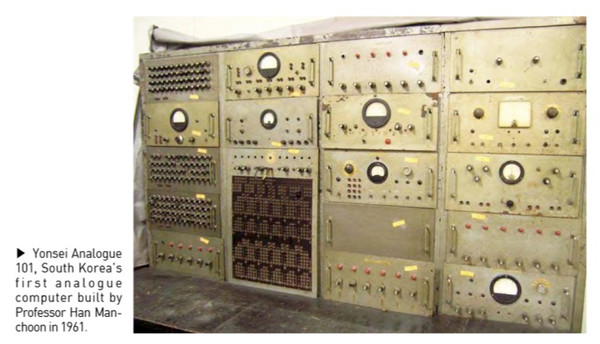

The college’s accelerated expansion also brought major problems. Department faculty found itself stretched thin between demands for research and education. This issue was not limited to Yonsei University as despite having nurtured homegrown talents for decades, the number of Ph.D. graduates qualified to teach was still very low in the 80s. Also, the increase of new equipment, students, and labs created a severe space shortage. The school attempted to address the issue by renovating the two-floored Engineering Hall I to five stories in 1980. But by the end of the decade, the college exhausted most of its newly available space, reaching a point where the lectures were often held outside of the engineering building. To alleviate this problem, Engineering Hall II was built in 1994 and was followed by Engineering Hall III and IV.
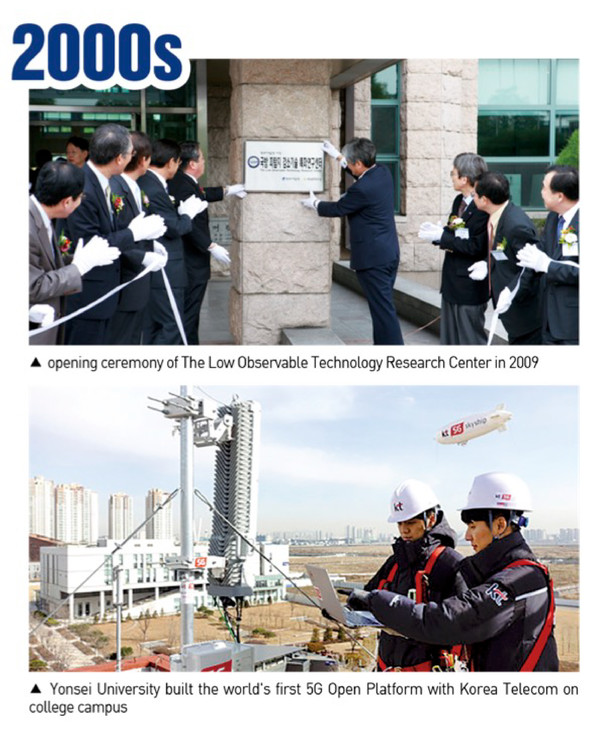
Even before the new millennium, the College of Engineering was shaping itself into a world-class research university. With support from the Korean Institute of Science and Technology (KIST) and yearly funding from the Atomic Energy Research Institute and Ministry of Science and Engineering, the college conducted research of national importance. Also, the college’s Research Institute of ASIC Design partnered with Samsung Electronics to produce South Korea’s first 32-bit RISC microprocessor in 1993. Professors at the college also represented South Korea on the international stage, such as the International Electrotechnical Commission and the International Institute of Noise Control Engineering.
Today, Yonsei University’s College of Engineering is one of the largest colleges in the country, with 12 departments spread across 2 campuses. The School of Electrical and Electronic Engineering alone consists of 1,300 undergraduate and 735 graduate students. It remains at the forefront of the nation’s engineering research, with hundreds of laboratories conducting cutting-edge research. In 2020, the university received over ₩2 trillion in national grants for research, the largest of any private university.
The university collaborates with various institutions for joint research. In 2018, Yonsei University launched the “Open and Sharing Campus” project with the Pohang University of Science and Technology (POSTECH) to pool professors, facilities, and research data. The project is currently focusing on building a blockchain-based campus.
The college works with the private sector to train the next generation of engineers and conduct research. It currently has a joint program with Hyundai Motors for transportation development and Samsung Electronics for semiconductor research. More recently, the college led the university’s work with Korean Telecom to build the world’s first 5G Open Platform. The platform will serve as the testbed for the PriMO-5G project, a joint research initiative between South Korea and Europe.

